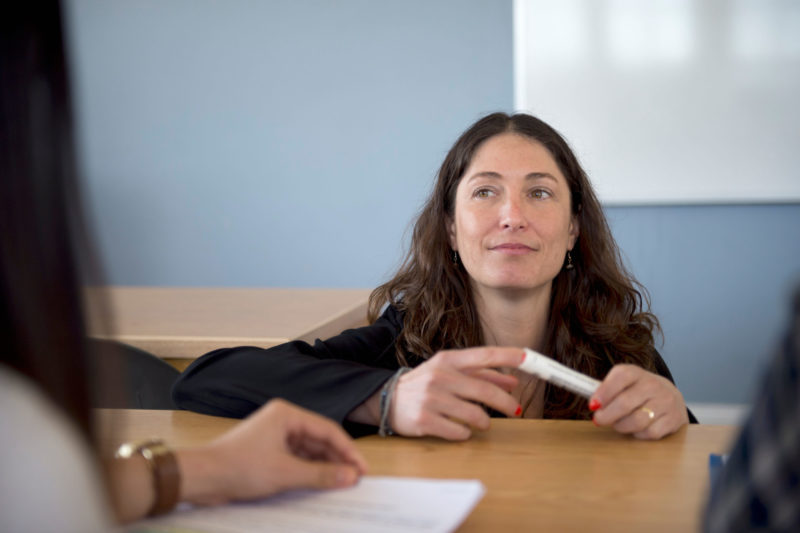It is safe to say that there will be a pressing urge to ‘get back to normal’ when schools resume. However, it will be important to make space for recovery work: the conversations, routines, and relationships that help a school flourish. It is also important to remember that there is likely to be a wider range than usual in what students have understood or completed during this period of remote learning. We’ll need to build in the time to gauge what students know, remembering that ‘the most important single factor influencing learning is what the learner already knows. Ascertain this and teach accordingly.’ (Ausebel, 1968)
Assessment
Remote learning by its very nature encourages an unhelpful preoccupation with task completion and risks us conflating performance with learning in a way that can confuse the picture. Safe in the knowledge that ‘learning is a change in long term memory’ we need to use assessment deftly to help us reveal the full picture: to flag gaps and misconceptions.
Moreover, that raises the question of assessment, ‘the bridge between teaching and learning’ (William, 2014) and a process for drawing inferences: their very validity relying on making sure we are crystal clear about what we are trying to discover. In this case- we are looking to sieve through the last two terms of school closure and audit learning to help inform the next steps we take in the classroom.
But we also need to be mindful of overwhelming students by over assessing. Deciding what to assess is key. Remembering to focus on the threshold concepts; those key pieces of vocabulary and knowledge that students need to master to help develop their subject expertise by using pedagogical infrastructure like Knowledge Organisers. And it will be crucial to remember that with assessment form follows function. If we are very clear that the function of the assessment is to identify gaps and misconceptions, the data will inform curriculum decisions: what do we need to reteach and what do we need to retrieve to strengthen durability of the learning and continue to interrupt the forgetting curve?
Curriculum recalibrations
This will help us when we come to review our curriculums for the year ahead.
Quite rightly, over the last few years, curriculum breadth and depth has occupied middle and senior leaders. Balancing the need for secure understanding with the clamour for coverage, the urge to press on will be significant. With so much undecided about what examinations might look like next year, it is probably more important than ever that we focus on developing secure subject knowledge. If we cannot anticipate what the final performance looks like, we are somewhat liberated to return to our core purpose and intent and review how we can best use the curriculum time available to support all of our learners.
It will be important to resist the urge to make significant changes. When Christine Counsell describes ‘curriculum as content structured as narrative over time’ we are reminded that we cannot afford to leave knowledge ‘mis-understood.’ We can focus on developing excellent subject knowledge: focusing on the integrity of the curriculum we have built and how we can best use it to help students master core ideas.
When we do come to considering recalibrations we want to make it is helpful to use Mary Myatt’s channelling of William Morris’ ‘useful and beautiful’ as a helpful lens to view our decisions through. What brings joy to our learners? What tasks help learning progress? Keeping a keen focus on the important of mastering key concepts should help us stay true to out coherent and cumulative sequences and resist urging to make knee jerk changes.
Memorable teaching
Ultimately we know that what will make the most difference to students is what happens in the classroom. It will be important to focus on pedagogy which supports durable learning and deft use of CPD time will assist in supporting teachers in refining their use of use of pedagogical practices to help students move knowledge into long term memory. Much of what we know about durable learning espouses explicit instruction as the ideal way to guide students through the acquisition of knowledge: moving from expert explanation and modelling through to deliberate practice. How we use CPD time will be key here: our teachers have the power to make the biggest change to students learning.
Making sure that we are supporting staff in the return to the classroom by using CPD time to focus on responsive teaching and making learning stick make all the difference.
Author: Frances Ashton

Frances Ashton is Assistant Headteacher for Teaching and Learning at Didcot Girls’ School. She is passionate about developing research informed pedagogy in the classroom and creating inspiring and responsive professional learning culture. @FKAEnglish
Follow us on Twitter, Facebook, Pinterest, and YouTube for the latest news, free resources and more
